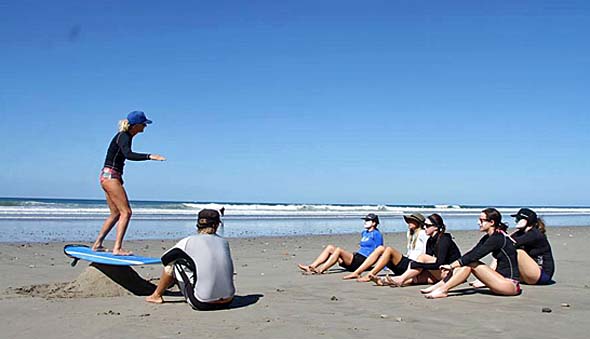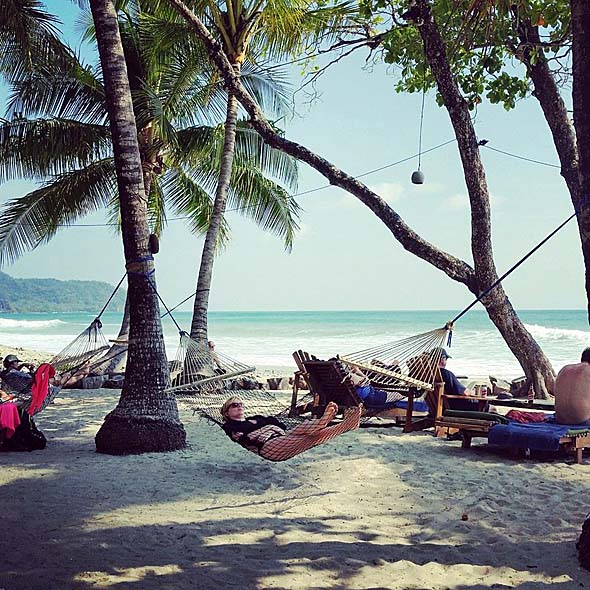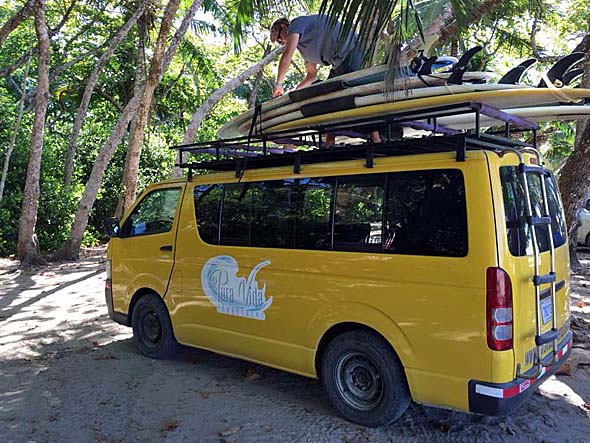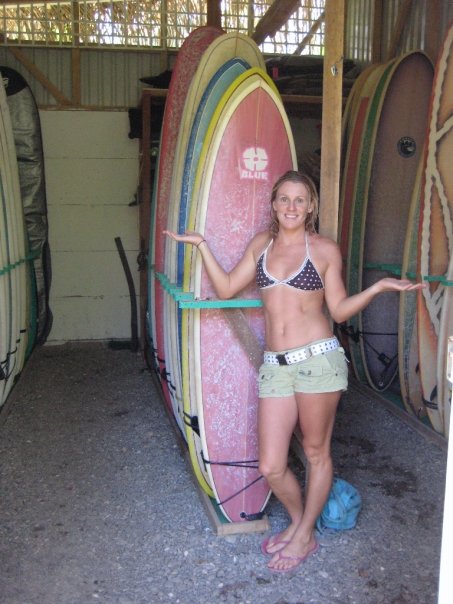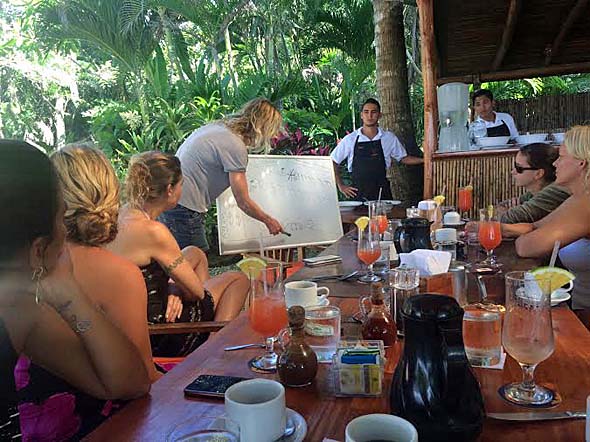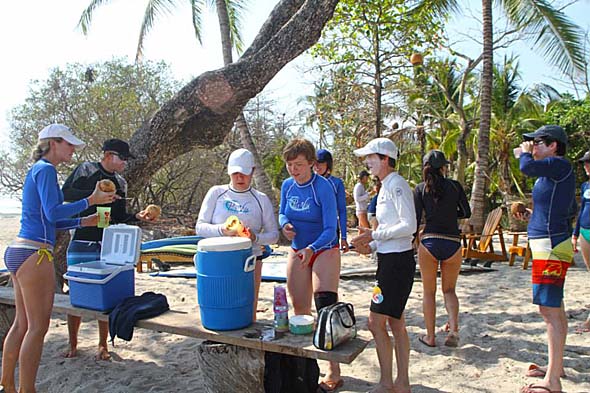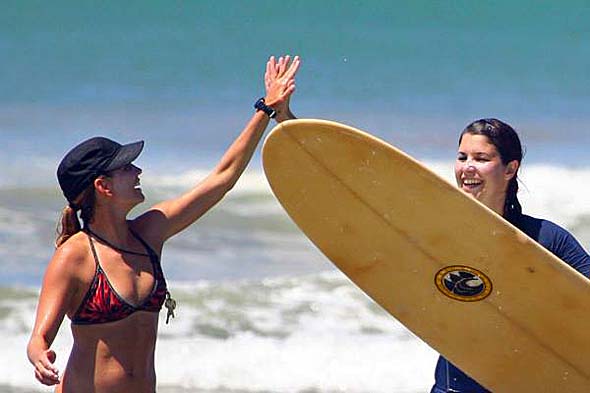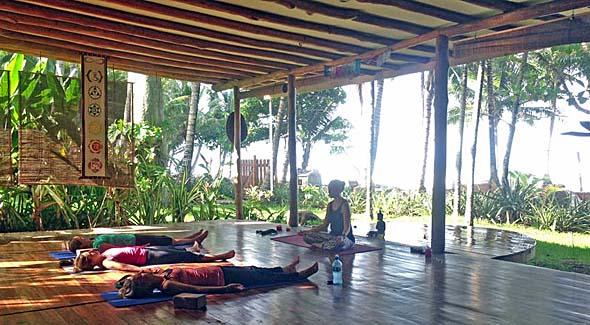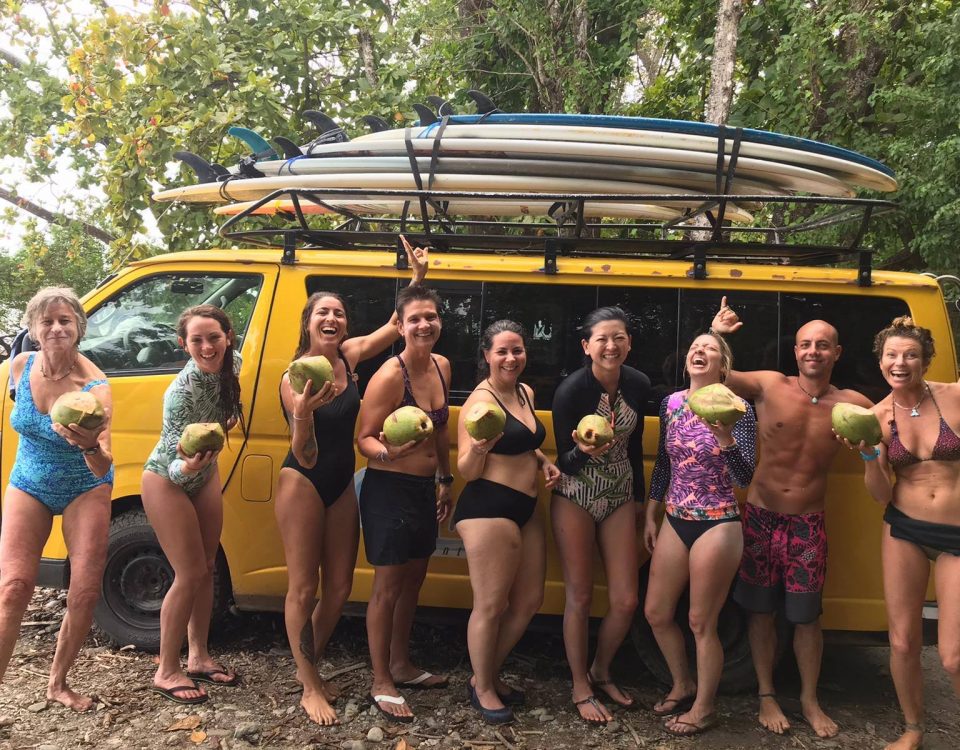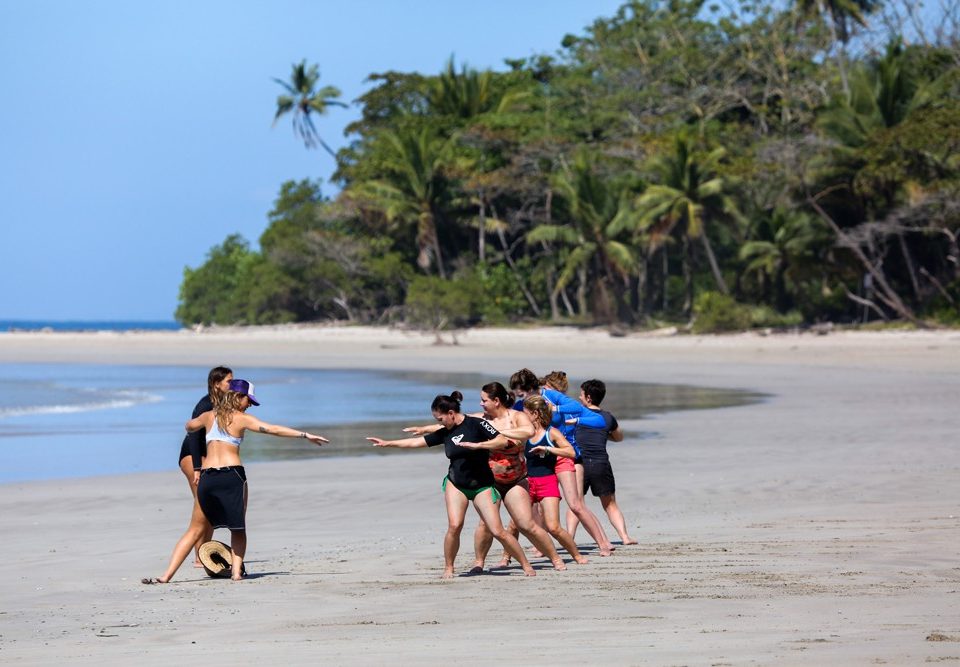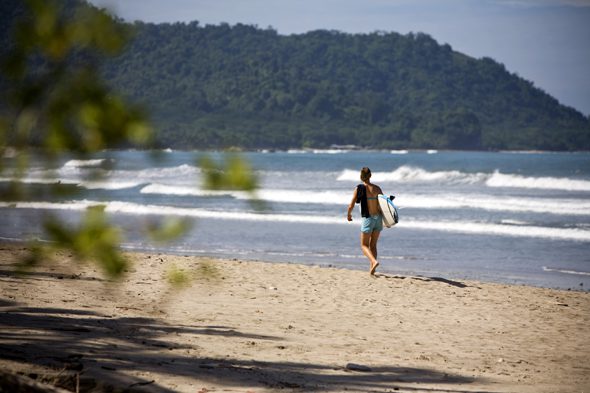ALUMNI STORY: Do You Really Need a Surf School?

Suns Out, Buns Out: A Sneak Peek into Surf Camp
November 28, 2015
Animals? Cute. Animals Surfing? AWESOME.
December 17, 2015ALUMNI STORY: Do You Really Need a Surf School?
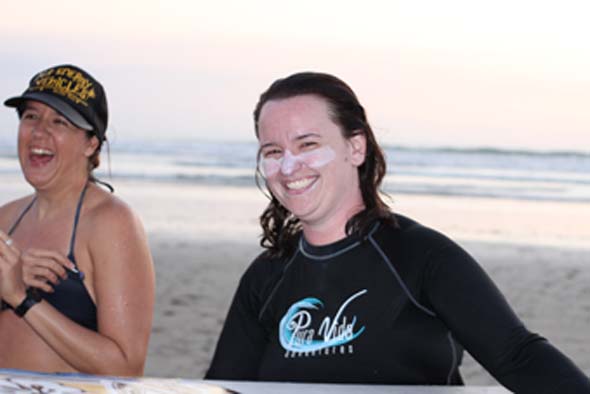
Surf smiles!
If you’re looking for an objective view of the PVA experience, or just want more nitty-gritty details in order to decide if PVA is the right surf camp for you, read on!
Here’s a story from Janice
When I returned to PVA this past January, you asked me why I had become a “repeat offender”.
At the time I think I said my main desire was to challenge myself physically and recover from a shoulder injury.
However, now that I am back from a surf vacation to San Diego (with 2 other PVA Alumni), I have some more (hopefully useful) comments about why I keep coming back specifically to PVA.
We planned on being in San Diego for 5 nights and wanted to surf 4 days. The 3 of us all have varying degrees of surf capabilities, but we have all successfully ridden waves at PVA.
What we realized quickly is that PVA taught us the skills to assess breaks, size up boards and read surf crowds that would allow us to not only be safe but to have fun too. PVA takes the time to teach ALL aspects of surfing.
Essentially, because of PVA, we actually were able to take this trip to San Diego on our own. BUT we also realized that a lot of what goes into a surfing trip is done for us at PVA.
5 REASONS PVA WINS OVER SOLO TRIPS:
1. Lodging – To minimize cost, we stayed in a chain hotel in-land in San Diego. This is clearly not as pretty as beach-front Tropico, and did mean some challenges in transportation.
2. Transportation – We had to have a car in San Diego, one large enough to transport and store surf boards. Both transporting and storing boards is done for us at PVA.
3. Board Selection – In San Diego, every surf shop said “Pick whatever you want”, even if we signed up for a surf lesson. Stressing over what board was the best for each of us personally, and for the waves that day, was very time consuming. If the boards did not work out for us, there was nothing to do but cart the board back to the rental shop and hope they had a bigger board. PVA spends time choosing the absolute best boards for each person, and can easily swap one out during a session if needed.
4. Surf Break selection – Choosing the best place to surf each day is done behind the scenes at PVA, by the instructors. All we, the surf campers, have to do is eat some very delicious breakfast beachside and wait for the instructors to tell us where we are going to surf for the day!
In San Diego, we spent a good 3 hours driving to different breaks to determine which one we wanted to attempt, and just had to hope the conditions didn’t change all that much. As for breakfast, it just consisted of a banana and water before going out. We were starving after our sessions!
5. Extras – We had to purchase our own wax, water, snacks and zinc. There were no fresh coconuts or pineapples. While not expensive, it made us realize how nice it is that PVA considers ALL the little details for campers.
No rash guard was provided and no constant encouragement/instruction from knowledgeable surfers (although, the San Diego Surf scene was relatively friendly and supportive).
Yoga was extra too and not in a beachfront yoga deck!!! We had to drive to a studio and pay $15-$20 per class.
Don’t get me wrong–San Diego is wonderful and we will probably do a surf trip there again. But I definitely learned how much I actually know because of PVA.
PVA doesn’t just focus on getting students to stand up once but rather teaches about all the components of surfing, to give new surfers the knowledge and the power to stand up on their own many times. The instructors taught me about reading waves and tide, timing the sets, how to position myself on the board, when and how to paddle, being aware of my surroundings, when to plank vs when to turtle roll, and the importance of safety.
Knowing all of this allowed me to look out at a break in San Diego and figure out where I should position myself to get some descent waves, all while staying safe and having fun!
And, personally, I will go to PVA again when I want to relax more and not work so hard on my vacation 🙂
Photo Credit: Shannon McDaniel and Orly Opel

